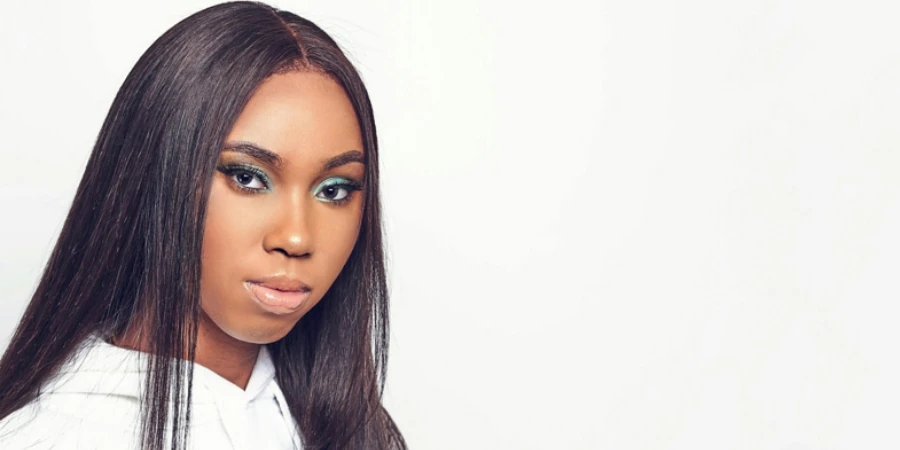Straight hair presents a unique canvas for creating striking, polished looks, but finding the perfect cut that adds movement and volume while maintaining its natural beauty can be challenging. Whether you’re blessed with fine, medium, or thick straight strands, the right haircut can transform your look from flat to fabulous. This comprehensive guide explores various cutting techniques and styles that work harmoniously with straight hair’s natural characteristics. We’ll dive into expertly curated haircut options that not only enhance your hair’s natural texture but also complement different face shapes and lifestyle needs. From low-maintenance blunt cuts to strategically placed layers, discover how to make your straight hair work for you.
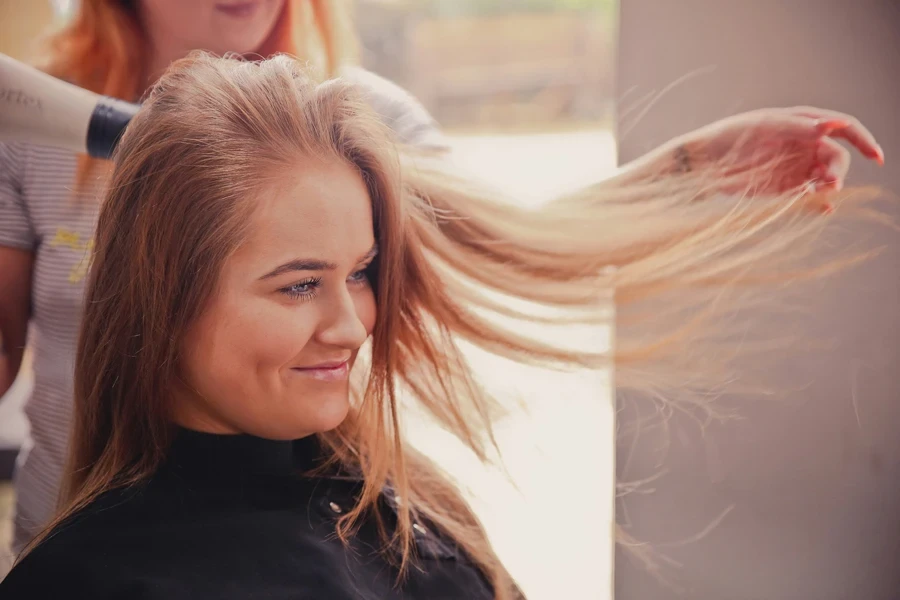
Table of Contents
● Understanding straight hair characteristics and challenges
● Classic blunt cuts that never go out of style
● Modern bob variations for straight hair
● Strategic layering techniques for added volume
● Pixie cuts: A bold statement for straight hair
● Face-framing options for different face shapes
● Conclusion
Understanding straight hair characteristics and challenges
Straight hair, while often envied for its natural smoothness and shine, comes with its own set of unique characteristics that influence how it responds to different cutting techniques. According to Byrdie, straight hair tends to show every cut line and layer with remarkable clarity, making precision in cutting crucial for achieving the desired look.
Key characteristics:
- Naturally reflects more light, resulting in a shinier appearance
- Shows cutting lines more prominently than other hair textures
- Typically lies flat against the head without added styling
- Can appear limp or lacking volume, especially in fine hair types
- Tends to show oil more quickly due to its smooth texture
Common challenges:
The main challenges faced by those with straight hair include maintaining volume and creating texture. As noted by hair expert Mark Townsend, excessive layering can sometimes make fine, straight hair appear thinner rather than adding the desired movement. The weight of straight hair can also pull out curls and waves more quickly than other hair types, making style retention a common concern.
Working with these characteristics requires understanding how different cutting techniques can either enhance or potentially detract from your hair’s natural properties. The key is finding a balance between maintaining the sleek beauty of straight hair while incorporating elements that add dimension and movement where desired.
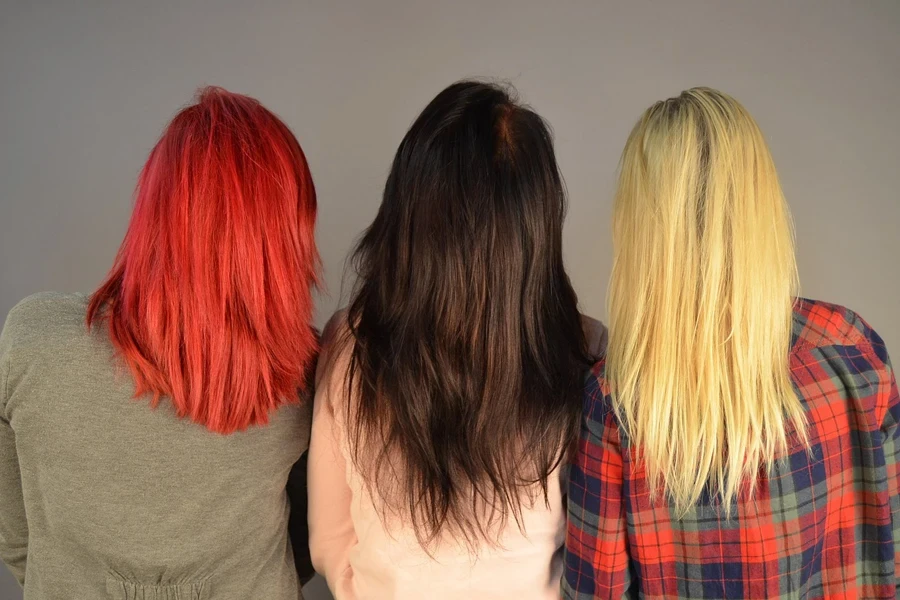
Classic blunt cuts that never go out of style
Blunt cuts remain a cornerstone style for straight hair, offering a sophisticated look while maximizing the appearance of thickness and health. According to expert hairstylist Trey Gillen, these cuts are particularly effective for those with fine to medium straight hair, as they create an illusion of fuller, more substantial strands.
Optimal lengths for blunt cuts:
Mid-length blunt: The collarbone-grazing blunt cut has emerged as a versatile choice that works across multiple face shapes. This length provides enough weight to maintain sleekness while offering various styling options. The clean, straight line at the bottom creates an instant polished look and makes hair appear thicker at the ends.
Long blunt: For those preferring longer lengths, a long blunt cut ending below the shoulders can showcase straight hair’s natural shine and movement. The key to success with this style is maintaining sharp, clean ends through regular trims every 8-12 weeks to prevent split ends from compromising the sleek appearance.
Short blunt: A shorter blunt cut hitting at chin or jaw level creates a strong, modern statement while being relatively low-maintenance. This length works particularly well for fine hair as it prevents the strands from being weighed down and helps maintain natural volume at the roots.
Enhancement tips:
- Consider incorporating subtle ombré or balayage to add dimension without disrupting the clean lines
- Use a shine-enhancing serum to maximize the reflective properties of the blunt ends
- Maintain regular trim schedules to preserve the precision of the cut
- For added movement, ask your stylist for minimal internal layering while keeping the perimeter blunt
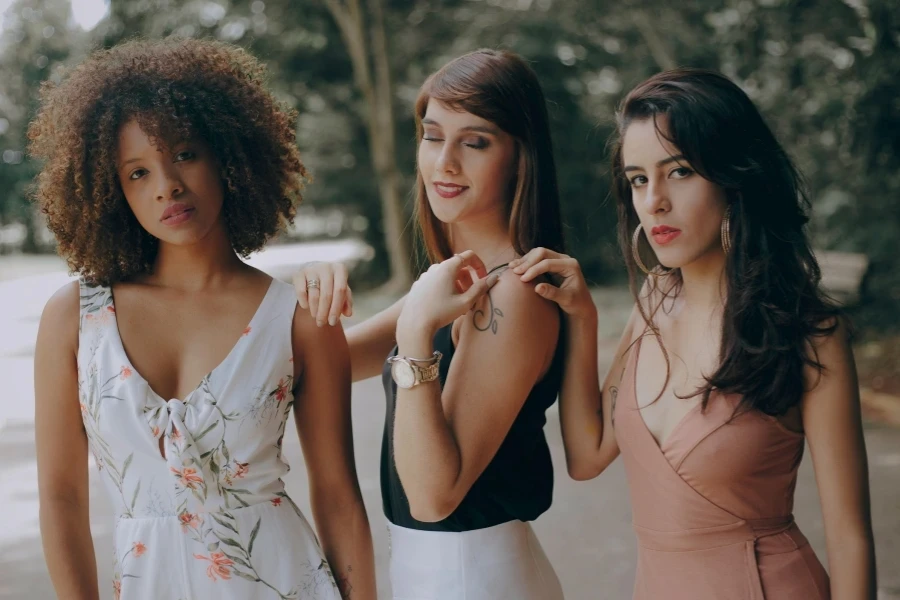
Modern bob variations for straight hair
The bob haircut has evolved significantly, offering multiple contemporary interpretations that particularly complement straight hair’s natural characteristics. According to Byrdie’s expert stylists, bobs are experiencing a renaissance with new variations that add modern twists to this classic style.
A-Line bob
This variation features a slightly shorter back that gradually lengthens toward the front, creating a subtle angle that adds dimension to straight hair. The graduated cut helps generate natural movement and can make fine hair appear more voluminous. The angle can be customized from subtle to dramatic, depending on personal preference and face shape.
Collarbone bob
The collarbone-grazing bob has become increasingly popular among those seeking a versatile length. This cut sits right at the collarbone, offering enough length for various styling options while maintaining the clean lines that make bobs so striking on straight hair. Key benefits include:
- Easy transition length for those nervous about going shorter
- Frames the face while still allowing for ponytails and updos
- Creates natural movement around the shoulders
- Works well with or without bangs
Textured bob
For those seeking to add dimension to naturally straight hair, the textured bob incorporates subtle layers and point-cutting techniques. This technique maintains the strong outline of a traditional bob while adding internal movement and texture. Important elements include:
- Invisible layering techniques that preserve the clean silhouette
- Strategic point-cutting to create movement without obvious layers
- Customizable texturing based on hair density
- Enhanced styling versatility for both sleek and tousled looks

Strategic layering techniques for added volume
When it comes to straight hair, the approach to layering requires careful consideration to avoid making the hair appear thinner. Modern layering techniques focus on creating movement and volume while maintaining the hair’s natural strength and density.
Invisible layers
This cutting technique has revolutionized the way we approach layering for straight hair. As seen in recent trends, invisible layers create subtle internal texture without disrupting the outer silhouette of the hair. The technique involves:
- Strategic point-cutting at varying angles
- Maintaining longer exterior layers
- Creating seamless transitions between lengths
- Preserving weight at the ends for a fuller appearance
Face-framing layers
These targeted layers work specifically to enhance facial features and add dimension around the face. According to experts at Byrdie, the key to successful face-framing layers lies in their placement:
- Starting points should align with key facial features (cheekbones, jaw, chin)
- Layer lengths should be customized to complement face shape
- Gradual blending ensures a natural transition
- Minimal layering at the crown maintains volume
Long layers with movement
For those maintaining longer lengths, strategic long layers can add body without sacrificing fullness. This technique focuses on:
- Creating subtle length variations throughout the hair
- Maintaining weight at the bottom for natural movement
- Incorporating soft, graduated layers that blend seamlessly
- Adding slight angles to frame the face while keeping the overall length
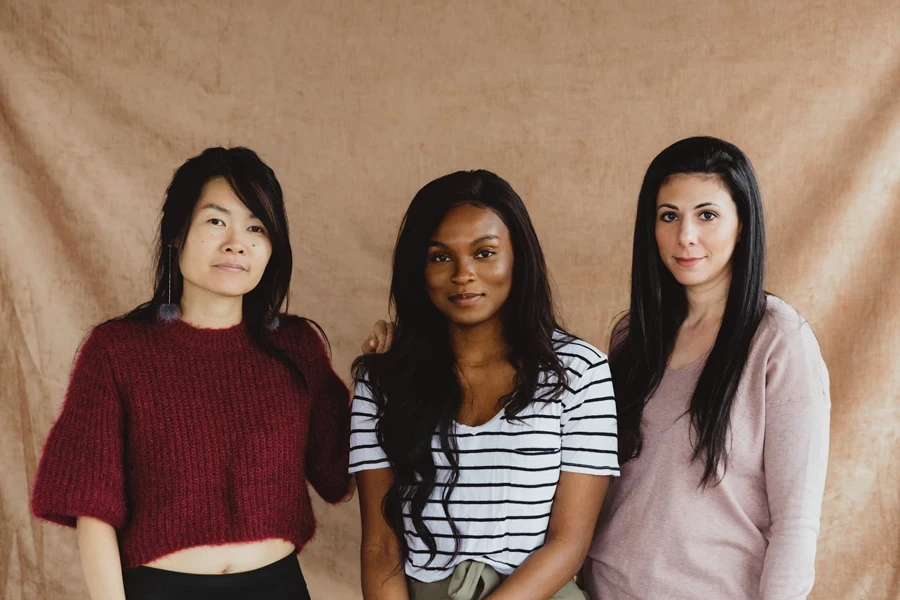
Pixie cuts: A bold statement for straight hair
The pixie cut has emerged as a powerful choice for straight hair, offering a sophisticated solution that maximizes natural texture while minimizing styling time. This bold style choice has evolved to include various interpretations that can be customized to suit different face shapes and personal styles.
Modern textured pixie
The contemporary approach to pixie cuts focuses on creating texture and movement, particularly beneficial for straight hair. Key elements include:
- Longer lengths on top for styling versatility
- Textured, piece-y layers that add dimension
- Shorter sides and back for a modern silhouette
- Strategic weight distribution to enhance natural movement
Layered crown pixie
This variation specifically addresses the common concern of flatness in straight hair by:
- Adding volume at the crown through strategic layering
- Creating height and movement in key areas
- Maintaining longer pieces around the face for softness
- Incorporating texture through point-cutting techniques
Growing-out-friendly pixie
For those considering this bold change, modern pixies can be cut to grow out gracefully:
- Longer top sections that can be styled multiple ways
- Softly blended perimeter for easier growing-out phases
- Versatile lengths that work with straight hair’s natural tendency to lie flat
- Options for easy transition to longer styles

Face-framing options for different face shapes
Understanding how different face-framing techniques complement various face shapes is crucial for maximizing the impact of any straight hair cut. The right framing can enhance natural features while creating balance and harmony with your overall look.
Oval face shape
Those with oval faces have the most versatility when it comes to face-framing options:
- Side-swept bangs that highlight cheekbones
- Long, swooping layers starting at the chin
- Full or side-swept bangs that maintain the natural balance
- Soft, graduated layers around the face
Round face shape
Face-framing for round faces focuses on creating length and definition:
- Long, angled layers starting below the cheekbones
- Asymmetrical framing pieces that elongate the face
- Minimal layering at the sides to avoid adding width
- Strategic length around the jawline to create a slimming effect
Square face shape
The goal here is to soften angular features while maintaining strong style elements:
- Soft, wispy layers around the jawline
- Face-framing pieces starting at the cheekbones
- Textured ends that soften strong angles
- Graduated layers that blend seamlessly into the overall cut
Heart face shape
Face-framing techniques for heart-shaped faces focus on balance:
- Chin-length layers to add width at the bottom
- Soft, side-swept bangs to minimize a broader forehead
- Gradual layering starting at the cheekbones
- Light feathering around the temples
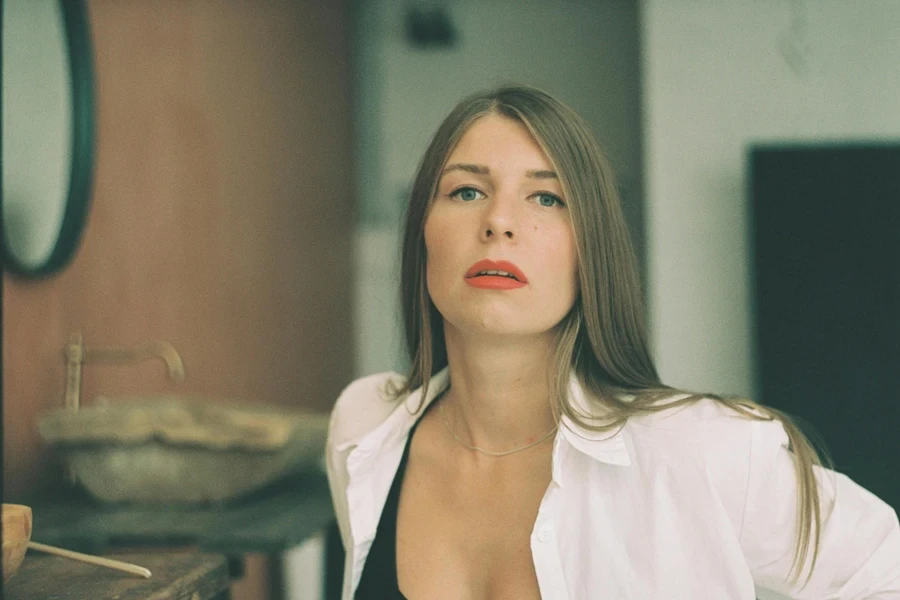
Conclusion
Finding the perfect haircut for straight hair is about understanding your hair’s natural characteristics and working with them rather than against them. Whether you choose a classic blunt cut, a modern bob, or a bold pixie, the key lies in selecting a style that enhances your natural texture while meeting your lifestyle needs. The right cut is just the beginning – maintaining the style requires a combination of proper care techniques and appropriate products. Take time to discuss your hair goals with your stylist, considering factors like face shape, lifestyle, and maintenance requirements. With the right cut and care routine, your straight hair can become your most striking feature, offering endless possibilities for both professional and casual looks.
